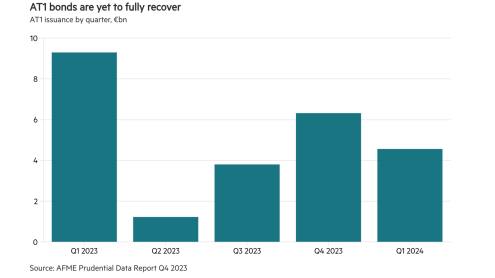It is now four months since Nepal first began reopening to foreign tourists after a nine-month hiatus and the mountainous republic is pinning its hopes on a bumper Everest climbing season to boost the economy. More than 300 climbers are expected this month, nearing April 2019’s record of 381.
Nepal has been hit hard by the pandemic, seeing negligible economic growth of 0.2% in 2020 based on World Bank projections. Its economy is heavily reliant on tourism income, particularly from climbers who seek to take on eight of the world’s highest peaks, located in the country.
However, it continues to face a difficult balancing act of reopening its tourism sector while keeping Covid-19 under control. Despite the authorities implementing strict measures such as quarantine prior to ascent and socially distanced base camps, questions remain about whether the reopening is premature. China, for instance, has opted to keep its side of Everest closed.
The world bank estimates Nepal’s economic growth will reach 0.6% for 2021 (with a high of 2% if vaccines become more readily available), assuming a gradual recovery. This is in contrast to an average rate of 7.3% for the three years prior to the pandemic. Regionally, south Asia is experiencing its worst ever recession with the biggest toll being taken on informal workers, which make up 50% of Nepal’s enterprises.
To mitigate these effects, in response to Covid-19, Nepal’s central bank — the Nepal Rastra Bank (NRB) — relaxed regulatory requirements for banking and financial institutions, reducing the target interest rate, and increasing the size of its refinancing facility.
Despite the adversity, Nepal’s 27 commercial banks have remained within key regulatory targets, such as for non-performing loan (NPL) and capital adequacy ratios. The NPL ratio across the sector sits at 1.71% having had minimal fluctuations, despite fears there could be a sharp increase in NPLs.
Capital adequacy (a measure of banks’ available capital as a percentage of risk weighted assets) at the country’s banks generally remained high, at around 14%, throughout 2020, which helped the sector to withstand the economic shock. Although it is predicted to drop to around 11-12% in the coming months, this is still comfortably above the threshold of 8.5% set by the NRB.
However, deposit growth at the country’s banks exceeded credit growth for the first time in five years, representing a reduction in bank lending that could potentially dent profitability and growth.
In Nepal, banks must adhere to a maximum core capital plus deposit (CCD) ratio, which determines the upper limit that banks can lend out as a percentage of their deposits. The limit is currently set by the central bank at 85%, which means for every Rs100 collected as deposits, up to Rs85 can be extended as credit. However, in July of last year the average CCD ratio across Nepal's commercial banks fell to 69.6%, with Rastriya Banijya Bank having the lowest of 62.5%.
In July 2020, the central bank raised the CCD ratio threshold from 80% to 85% in a bid to boost bank credit activity. Banks do appear to be increasing their loans and investments again, despite newly introduced limits on service fees (commercial banks may now only take 0.75% while issuing loans). This should in turn feed back into the struggling tourism sector and broader economy.











